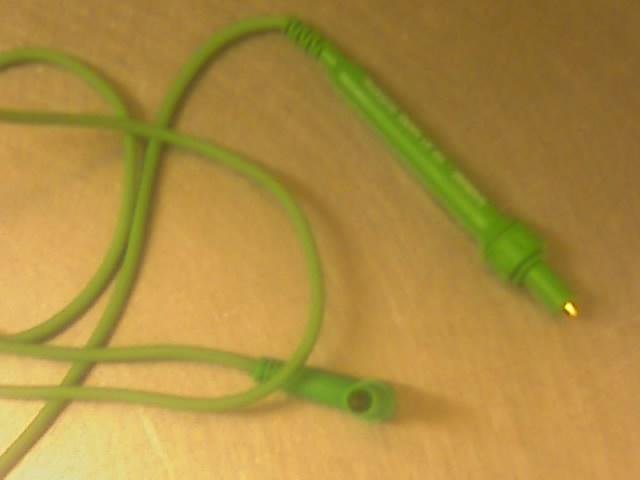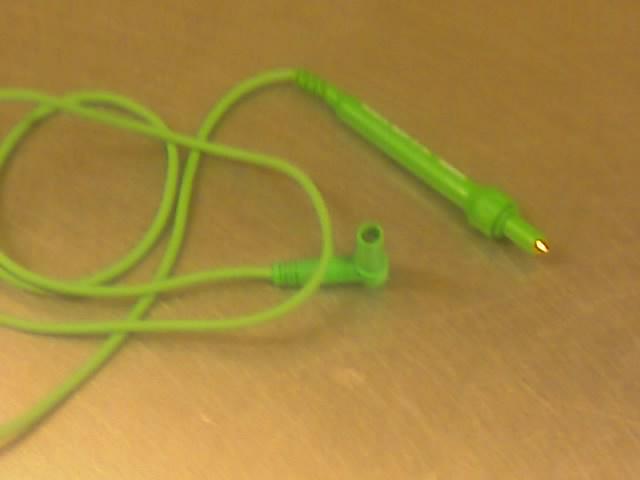This isn't something I usually do...
I am upgrading the Main and Supplementary Bonding at my mother's old house (old TNS), I picked up an old Robin Phase-Earth Loop Tester and thought it might be educational to measure the EFLI.
I tried it at my own house (modern TNC-S) and got 0.4 ohm on the Freezer circuit (which has no RCD).
I can't find my little book today but according to http://www.tlc-direct.co.uk/Book/5.3.4.htm the minimum for a B32 is 1.5 ohm, which seems fine. But what is typical?
but according to http://www.tlc-direct.co.uk/Book/5.3.4.htm the minimum for a B32 is 1.5 ohm, which seems fine. But what is typical?
Also, my meter (Model 4111 ) has no instructions and I can't find then on the Interwebby. It is not switchable. It has a socket on the top for a lead which connects to the same internal connection as the earth from a test plug, so I surmise it is intended for testing bonded pipework, but it could only do this if the earth at the test socket was disconnected. Is that right?
Any other things I should bear in mind or have misunderstood?
Ta
View media item 1689
I am upgrading the Main and Supplementary Bonding at my mother's old house (old TNS), I picked up an old Robin Phase-Earth Loop Tester and thought it might be educational to measure the EFLI.
I tried it at my own house (modern TNC-S) and got 0.4 ohm on the Freezer circuit (which has no RCD).
I can't find my little book today
Also, my meter (Model 4111 ) has no instructions and I can't find then on the Interwebby. It is not switchable. It has a socket on the top for a lead which connects to the same internal connection as the earth from a test plug, so I surmise it is intended for testing bonded pipework, but it could only do this if the earth at the test socket was disconnected. Is that right?
Any other things I should bear in mind or have misunderstood?
Ta
View media item 1689



